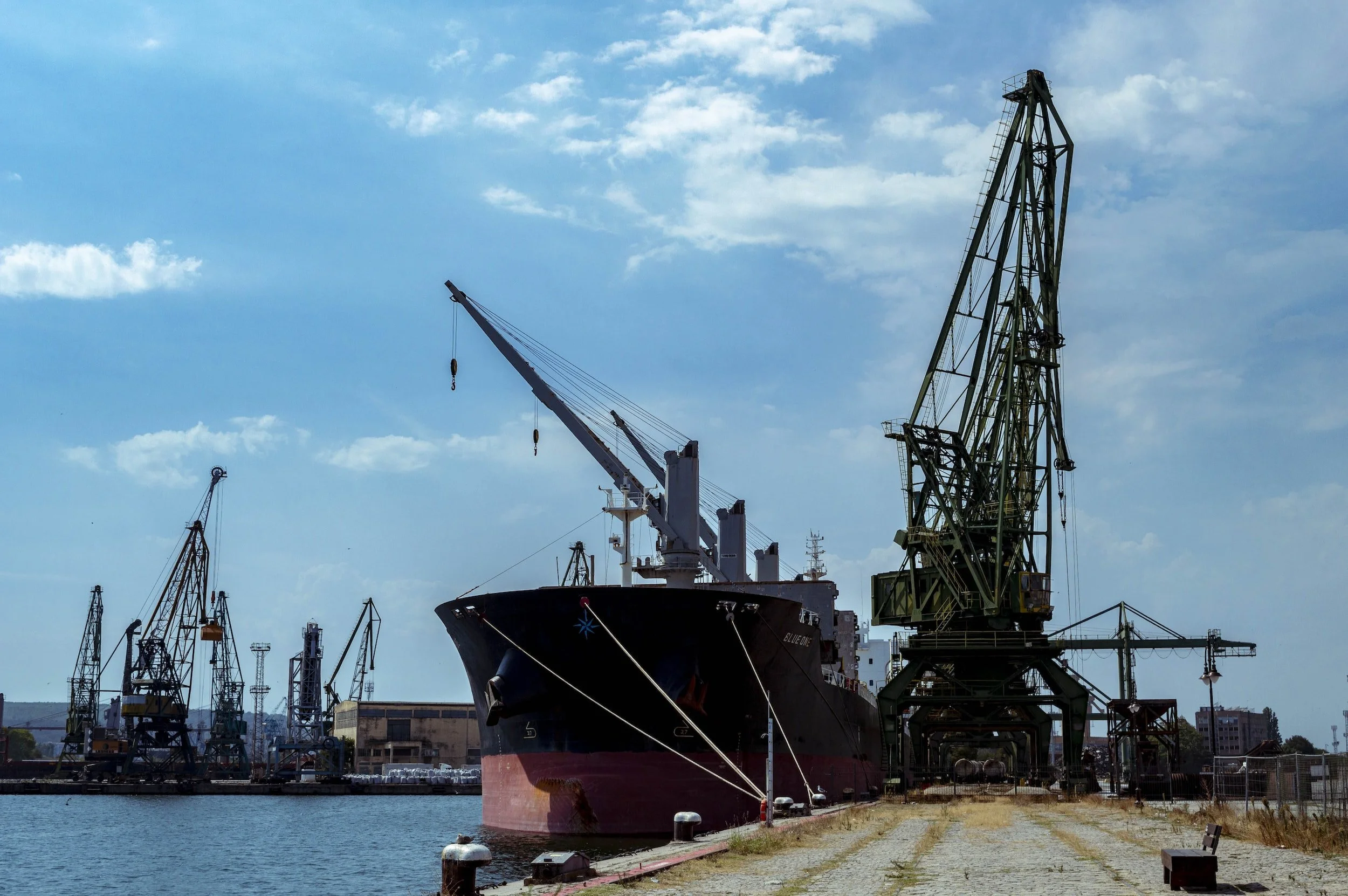Chart of the Week Dry Bulk: Indian port congestion, Panamax
Signs of an increase in the number of vessels for the 1st quarter higher than in 2021 and 2022
Data Source: The Signal Ocean Platform, Dry bulk flows
https://go.signalocean.com/e/983831/ry-dynamic-area-congestion-dry/2nq26g/306387475?h=lLbLT9oTUGTfhE8c3-OpF-vRG8yMJ4jhzKfVGqTVTTw
The first half of March began with stronger momentum compared to the previous two months of the first quarter, and recent demand growth rates confers optimism for a rebound in rates. It is interesting to note, however, that the number of ballast vessels has increased in recent days, and it is questionable whether recent demand will be sufficient to provide adequate employment opportunities for vessels waiting for fixtures at the increased rates. On the supply side, there has been an increase in the number of vessels congested in Chinese and Indian ports. In particular, congestion at Indian ports (see Chart of the Week) for Panamax vessels has risen to a two-year peak. In addition, estimated waiting days for Panamax vessels in Indian ports are now higher than in a similar period last year.
For more information on this week's trends, see the analysis sections below:
Freight Market, Supply, Demand and Port Congestion
SECTION 1/ FREIGHT - Market Rates ($/t) Firmer
‘The Big Picture’ - Capesize and Panamax Bulkers and Smaller Ship Sizes
Strength continued across all vessel size categories in the second week of March, with the Panamax Cont- FE route recording one of its highest levels since the previous peak in week 43 of last year.
Capesize vessel freight rates are now at $18.8/tonne and holding for the current week, up $2.5/tonne from the end of week 5.
Panamax vessel freight rates from the Continent to the Far East peaked at $38/tonne, up $6/tonne from the week 7 low.
Supramax freight rates for the Indo-ECI route rose nearly $13/tonne, with signs of further firming in the second half of March.
Handysize freight rates for the NOPAC route to the Far East are now at $33/tonne, up $3/tonne from week 7, with signs of a slow recovery now confirmed in the coming days of March.
SECTION 2/ SUPPLY - Ballasters (# vessels) Increasing
Supply Trend Lines for Key Load Areas
The number of ballast vessels increased significantly in all size classes in the first days of March, with the Capesize and Supramax segments recording new highs
Capesize SE Africa: The number of vessels now stands at 106, which is 14 more than two weeks ago, and 32% more than the annual average.
Panamax SE Africa: The number of vessels increased to 96, 6 more than two weeks ago, with a tendency to increase further in the coming days.
Supramax SE Asia: The number of vessels increased to 116, 23 more than two weeks ago and 33% above the year-end 2022 low.
Handysize NOPAC: The number of vessels now stands at 80, which is 11 above the annual average and has been rising steadily since week 6.
SECTION 3/ DEMAND - TonDays Increasing
March began with an upward trend for all ship size categories, fueling optimism for firmer freight rates toward the end of the first quarter.
Capesize demand ton-days: The upward trend has now strengthened and the growth level is now above the low reached in week 7.
Panamax demand ton-days: The current level of growth is significantly higher than at the beginning of the year and has strengthened further since the end of last week.
Supramax demand ton-days: The previous week's signs of an upward trend are now strengthening, and the growth rate has regained one of the highest levels of last year.
Handysize demand ton-days: The growth trend continued its strength, reaching the highest level since the end of the third week, and it remains to be seen whether there will be a similar increase by the end of the first quarter of this year.
SECTION 4/ PORT CONGESTION - No of Vessels Increasing
Dry bulk ships congested at Chinese ports
March began with a sharp increase in the number of ship congestion compared to the previous two weeks, with a significant increase in the Handysize and Supramax segments.
Capesize: The number of vessels is 110, which is 17 more than the previous week, with an upward trend in the first half of March.
Panamax: The number of vessels has remained at about 195 for the past three weeks, and there are continuing signs of similar strength in the days ahead.
Supramax: The number of vessels is now at 261, 34 more than the previous week.
Handysize: The number of congested vessels has risen to 190, 134 more than the previous week, reaching a new high for the first time since the beginning of this year.
Data Source: Signal Ocean Platform





